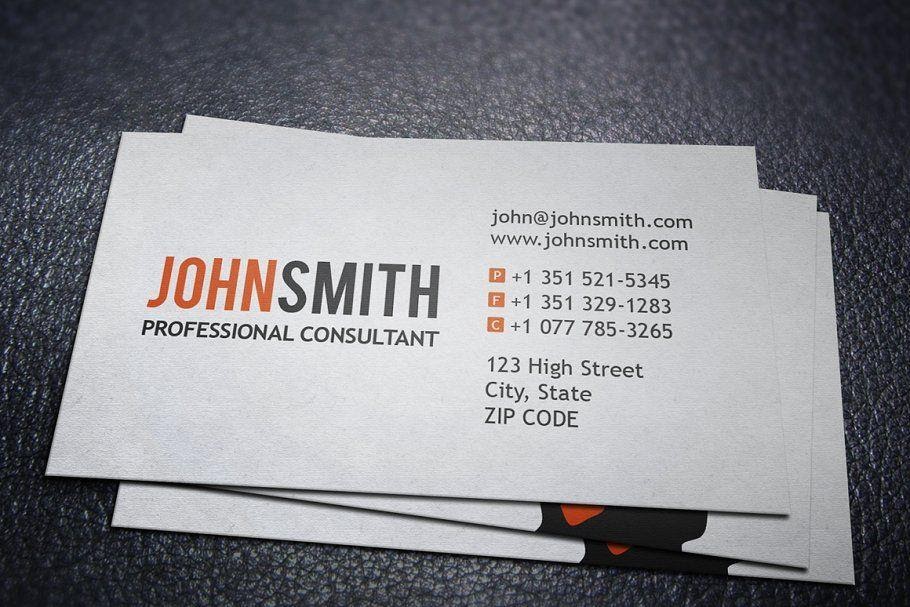As coaches, we’ve all been there. You begin your coaching practice as a side gig, until one day you start thinking “what if I could be a coach full-time?” Initially, you dismiss it; you have bills to pay, you need steady income, and how can you just walk away from your day job with no assurance you’ll succeed?
You set the idea aside as not possible right now, but it keeps popping into your mind. You know you get much more fulfillment and satisfaction out of the time you spend working with your coaching clients, you come away from your sessions feeling energized and impactful. As your coaching practice grows and the day job loses its shine, your side gig starts to feel more tangible. Maybe you could make this your full-time job… How do you know if you’re ready?
It comes down to three simple things: Budget, Client Base, and Risk.
Get exclusive tips, tools, and invitations to complimentary MasterClasses to support your success as a coach.
Budget
The first step to leaving your day job behind and venturing into full-time coaching is being realistic with yourself about the budget. This is not glamorous, but it’s necessary and fairly simple. Begin by making a list of your regular expenses. These are things like your electric bill, phone bill, water bill, car payment, mortgage/rent, average food expenses, etc. These things go in your non-negotiable category – bills you must pay no matter what to keep your home in order.
Next, make a list of the things that are less frequent and note whether they are non-negotiable or nice to have. Car maintenance? Non-negotiable, you will need to spend that money if you drive a car. Starbucks latte every day? Nice to have, much as I feel I would die without my morning coffee, I’ve faced the bitter reality that it isn’t true.
Now, list anything you are saving for. This could be a family vacation, a new car, a down payment on a house, a solo trip to Paris, or anything else that you set money aside toward.
Okay, you have lists of all your expenses, now what? Tally them! Start with your monthly non-negotiable expenses, add them up and note the total. This is how much money you need each month just to keep everything going. Add your less frequent non-negotiable items to this number but break them down into monthly installments. For instance, if your car maintenance is $75 every 3 months, add $25 to your monthly total.
Finally, calculate the additional income you will need to cover things like self-employment taxes, any required business license or insurance you may need, and if your job is providing health benefits, what those will cost if you pay for them on your own. Calculate what this looks like monthly and add it to your total.
The resulting sum is your baseline. Use this to calculate how many clients you would need to pay these expenses at the current rates you charge. Do you already have enough clients? If you do, congratulations! You are closer to ready than you may think!
If you are nowhere near the number you need, the next question is what do you have saved that you could draw from while you build your practice? If your monthly expenses are $2,000 per month, and you are bringing in $1,000 per month through coaching, how many months can you work on your coaching practice before you run out of expendable money? If the answer is 0 months, or 1 or 2 months, you may want to wait for now and keep working at it on the side. While I have heard about people who doubled their practice in a month or two, it’s not the norm. Businesses take time to grow, overnight success is highly unusual. Most successful people I know have worked at it a little at a time over a long period of time.
So now you know what your budget looks like, and how many clients you need, what is next? Client Base!
Client Base
You determined that you have 10 clients, you calculated that you can meet your expenses (or supplement with savings) to go all in on coaching, and you are ready to do it. Not so fast, what do you know about your clients? Are they steady? Do they show up for their sessions with regularity and have they agreed to work with you on-going? When a client has finished their coaching engagement, you need a new client to replace that in come. If you have 10 clients who are all 3-5 months into a 6-month coaching program, you will need to get 10 more clients in the next 1-3 months to maintain that income level.
While this is not meant to be a deterrent, it is important to know the life cycle of your client base and understand the time it generally takes for you to find new clients. This will ensure you plan your transition carefully and set yourself up to succeed. I have seen many entrepreneurs get an idea and run with it, thinking the customers will magically show up once they realize how amazing their product or service is. It just does not work that way. Part of your competitive edge will be your client pipeline, plans for how you will market to gain new clients, and an understanding of the life cycle of your clients as you establish your coaching practice.
If you are still with me, amazing! You are well on your way to being your own boss and doing what you love every day! Now we need to talk about risk.
Risk
The final piece of the puzzle is your risk tolerance or aversion. Leaving a steady paycheck to start your own business is inherently risky. What if you cannot earn enough money? What if something goes wrong? A steady paycheck is a big draw, but a company can terminate your position too. I believe we tend to think of our day job as consistent and steady, and we fail to recognize it has risk too. Not to mention, there is value to your mental well-being and happiness. Loving what you do impacts your quality of life tremendously. We spend more waking hours at work than doing anything else, spending that time doing something that makes you feel good about the positive impact you have on people is priceless.
There are vast rewards to being your own boss. Sure, it comes with hard work and long hours, especially as you establish yourself. But it also means you do what you love, you set your schedule, and you set your own boundaries. The potential for reward is high if you are ready to try. But risk is different for everyone, if you are scared to venture out and feel you just cannot do it, that is okay. You can keep coaching as your side-gig indefinitely, there is no timeline anyone else can set for what is right for you. Think about where you are now, how you feel about your work, and what you want to do in the future. Entrepreneurship is not the right choice for every individual. As much as I want to say go for it, you must make the decision that is right for you.
Are You Ready?
If you look at these factors and you are comfortable with jumping in, do it! If you need support, find a coach to help you through the process. Coaching is just as valuable for coaches as it is for anyone else, we all need help sometimes. If this article helped you, feel free to let me know! I love to hear from people, and nothing is more rewarding than knowing you have helped another person.
I will leave you with one closing thought: We often regret the chances we did not take; we seldom regret those we did even when they do not turn out as we expected.







